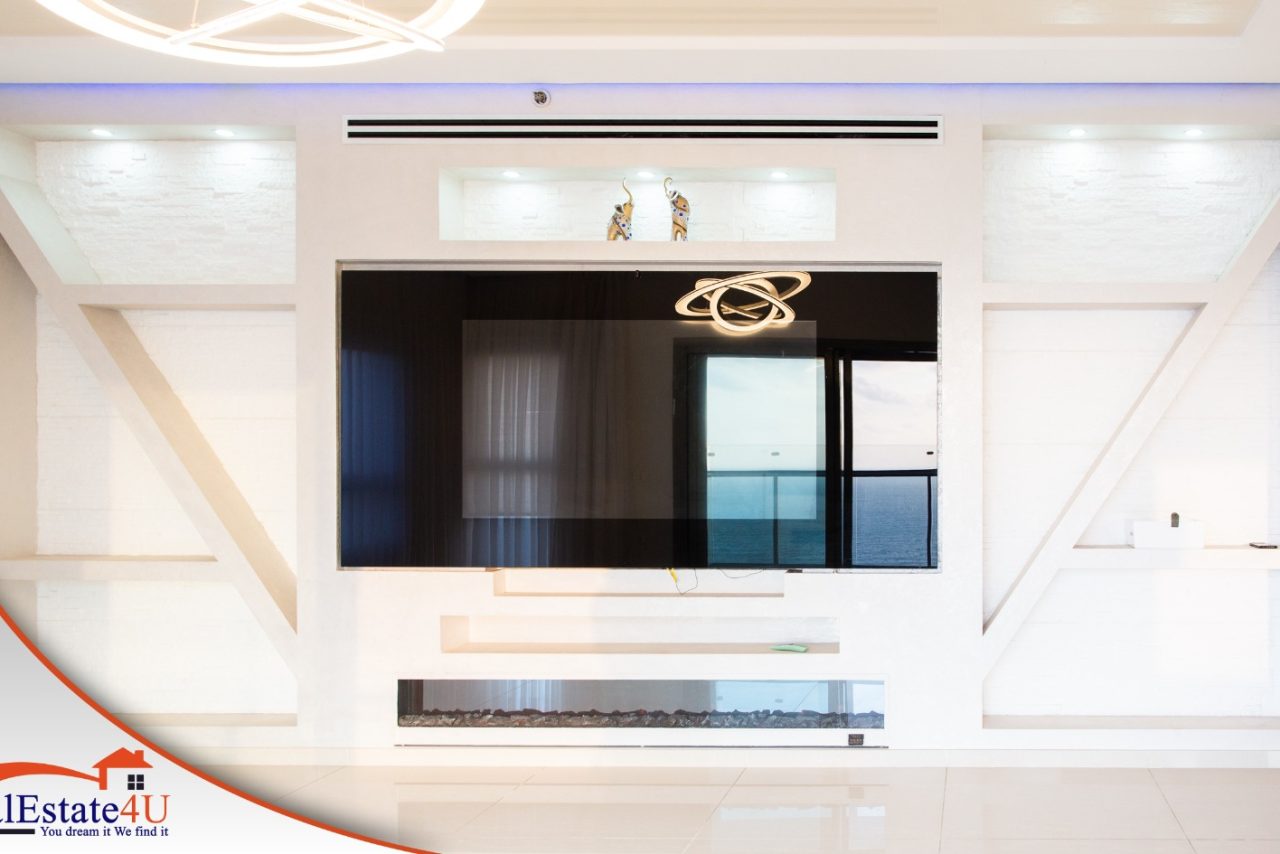
Checked house – Check apartment before Kenya
Two years ago I bought my apartment, as a fresh and average couple, Buying the apartment was a very big financial step for me and my partner and I took the purchase process in the most serious way I could knowing that thanks to this effort I could purchase a good apartment as far as possible, Avoid buying a cat in a sack.
The beginning
A little while after we got married, the intention was to purchase an apartment and so I found myself opening Friday and Tuesday newspapers fluttering on the real estate boards and the supply of apartments for sale. When I was walking down the street my poor would automatically jump into real estate stores and the ones they hang on the shop window. So, I slowly found myself getting a good idea of the price level of the apartments and started doing a kind of game between myself and myself – I would read an ad about selling an apartment without looking at the price and details such as Size, location, floor, etc. I would try to guess the price they would need. As time went on, my estimates became more accurate.
What I am trying to say is that the first step in my opinion is to start and get an idea of the level of prices and types of apartments offered for sale and only then move forward.
Apartment inspection
This whole process of market review and initial price level took me about two months and in a gradual and natural process I felt more prepared and interested to see the apartments for actual sale.
I continued the market review I did and that I was already planed and when I came across the apartment that looked interesting you would make an appointment to see it.
Another thing is that you would also call a lot of realtors. I know there are many who shy away from realtors or seem to be sorry to pay a brokerage fee or are afraid of a “sneaky broker” who cheated on them.
I decided to stay open-minded and see as many apartments as possible. I think I saw around a hundred apartments, of course I focused on my price level and didn’t go to see villas in the village of Shmeriah.
Similarly to the price guesses I would make at the beginning, at this point I would start to guess the state of the apartment by price, location, area, etc. This assessment of the state of the apartment was much more difficult than guessing the prices of the apartment and it only highlighted the fact that it is important to see a lot of apartments.
The second step in my opinion is to see as relevant apartments as possible. Come up with the “I just came to see and I didn’t commit to anything” approach not to disqualify brokerage apartments because you don’t commit to anything and it’s always good to see another apartment.
So what do you check when you see the apartment?
I am not a building engineer, architect or appraiser. I read a lot of articles online about what to check and healthy logic guided me. I focused on the following:
- Visual inspection from the outside and inside: Much can be learned about the condition of the apartment only from the outside appearance. The plaster condition, floors, paint and roof can imply the quality of the material from which the building is made, the age of the building, if and when renovation is done, etc.
- Pipe inspection: Very important in old apartments!. It is also difficult for a professional or expert to check the state of the piping, the piping is hidden, but it can be learned according to the pressure of the water exit from the taps. Rotten and clogged piping will cause low water pressure. Tasting the water!! By tasting the water you can feel if there is rust and how much. This test is very important as it is the water you wash and what you will drink and cook. I came across a lot of friends who didn’t do this important test. In addition to these tests, I would try to look at the plumbing sections under the kitchen beam, the plumbing that goes out to the Niagara in the bathroom and the shower. Sometimes you could see a plumbing section and learn from it about its condition.
- Condition of the walls: From visual inspection you can see cracks, vibrations, mold, green or the swelling of the plaster (which indicate wetness at all). A slight knock on the wall can teach about the state of the material from which it is made. A soft wall, of course, indicates poor quality, you can also learn quite a bit of knocking sound. It is useful to look for areas where the plaster looks homogeneous or renewed. This can indicate a previous overhaul, anyway when you see a lack of uniformity in the plaster and the vote has to be asked and found out what caused it!
- Doors and windows: Check the condition of the lintels of the windows and doors carefully. Look for any signs of liquidity, cracks or damage in these sensitive areas. In many old apartments there is water liquidity from these areas. Repairing windows and lintels after buying an apartment can be a expensive and dirty business. Also check the state of the shutters, blinds in our country are seasoned quickly because of the setting sun, check if the shutters open and close smoothly, if the plastic is crumbling, etc.
- Wall and floor flooring: There is a danger that the grip of the ceramic tiles has loosened (especially in the bath room). Tile stiffness can reveal loose tiles that are not properly glued. The rifle mode (fill between tile intervals) can teach the flooring mode as well. I would similarly check the floor condition, I would also focus on searching for floors that have sunk a little – this can be easily done by visual inspection.
- Electricity: Simple and important testing! Check if the power switches are working, check with Tester if there is electricity in the outlets! These are simple and seemingly unnecessary tests but believe me I came across several times when there was no electricity and it is quite annoying to discover such things after you buy the apartment.
When I did the cheating I would also make sure to ask the realtor or the owner and give a feeling that I understand what I am talking about. When you see that you understand interest, you manage to dilute real information and less try to stone you.
What else do you check?
There were a total of three apartments that I liked and which I checked further. The tests were:
- Debt check for the municipality.
- Examination of the registered area of the apartment in the Land Registry, Construction License, etc.
- Testing foreclosures and taboo ownership.
Finally – as a bank than I am calm!
When we decided on an apartment and took a mortgage, the bank obliged us to take an appraiser to check the apartment and give an estimate (this is how the bank ensures that the mortgaged property is really worth the amount of the lien). The check is of course at your expense and not at the bank’s expense…
The assessor’s test was quite similar to the test I did. His property valuation was 10% higher than the value we bought the apartment!! Not only did it make me happy, it also made me calmer about Kenya. That is why I would even recommend initiating an appraiser check even if the bank does not. Getting an appraiser or building engineer can return the investment big!




